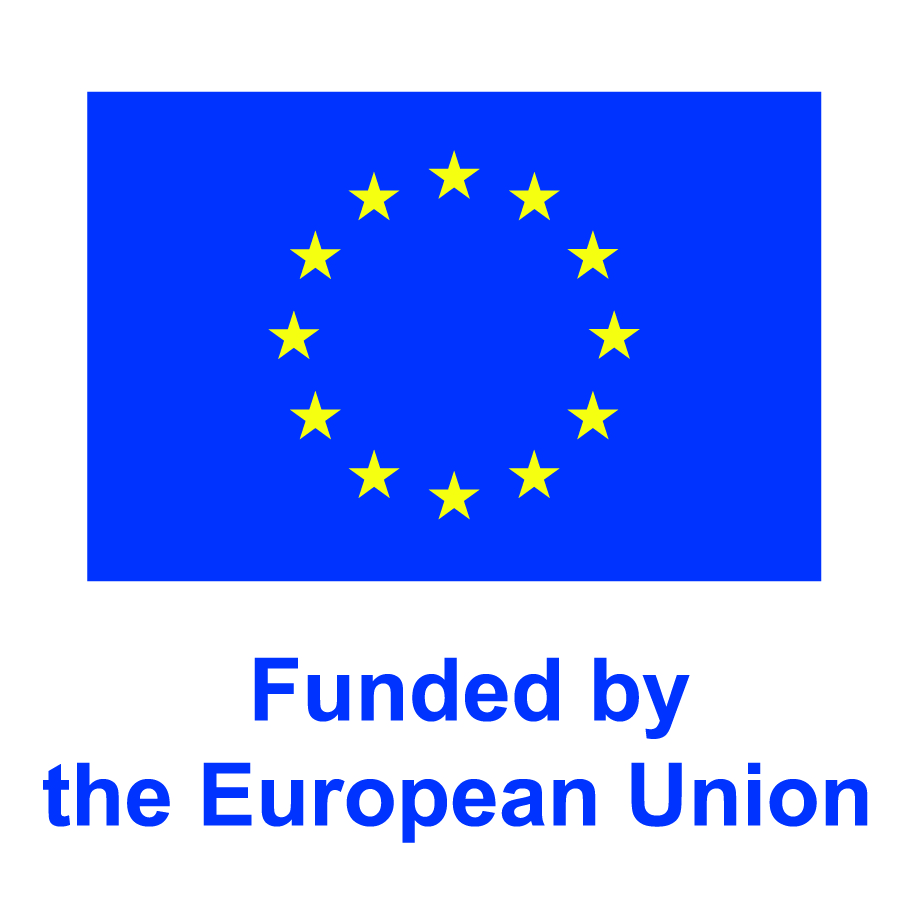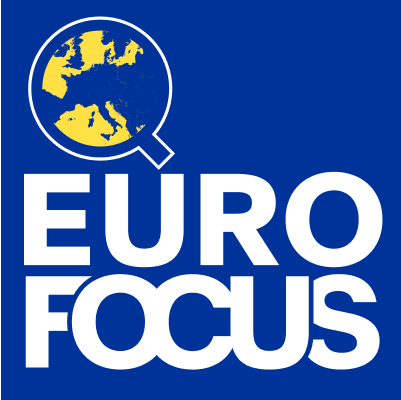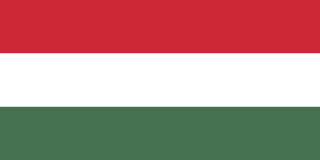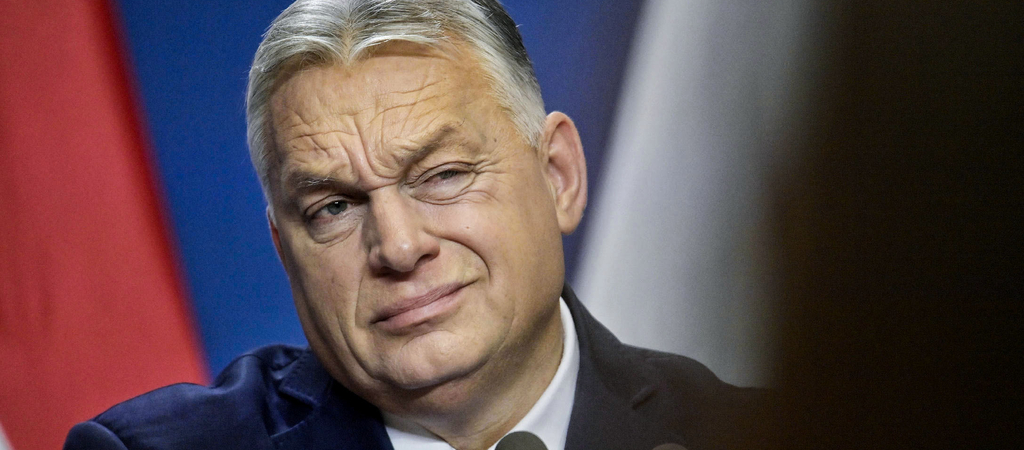Author: József László
Hungarian Prime Minister Viktor Orbán’s political career began in 1990, when he emerged from the liberal opposition. Yet, over the past fifteen years, he has methodically built a centralised, increasingly authoritarian system in Hungary. Through sweeping reforms—ranging from electoral engineering and media acquisition to the erosion of judicial independence and civil society’s strength—Hungary’s political system has been reclassified by analysts as a “hybrid regime” or “managed democracy,” with some even labelling it a “soft dictatorship” .
Despite this authoritarian drift, Orbán’s party, Fidesz, continues to command substantial public support, winning multiple elections by two-thirds majorities. Yet the economic performance paints a bleaker picture. Hungary’s per capita GDP lags behind peers such as Poland, Slovenia and the Czech Republic; inflation remains stubbornly high; and Brussels has frozen substantial EU funds in response to persistent rule-of-law concerns .
So how does Orbán retain popularity amidst economic underperformance and democratic erosion? The answer lies in a potent convergence of political strategy, cultural resonance, psychological influence and media control.
Fidesz’s Narrative Control: the ‘National Cooperation System’
Orbán’s most powerful political weapon is what he terms the National Cooperation System—an orchestrated strategy of narrative control that goes far beyond mere governance. As the European Council on Foreign Relations notes, the system is “designed to capture all levers of power and reshape public discourse” .
Fidesz doesn’t simply enact policy—it defines the narrative. Central to this are emotionally charged campaigns that cast Hungary as besieged by existential threats: the so-called “Soros Plan”, Brussels undermining Hungarian sovereignty, waves of migrants, and anti-gender rhetoric. These themes cultivate an “us-versus-them” identity, stoking fear and tribal loyalty, continuously mobilize voters’ emotions.
The campaign against George Soros, in particular, veers dangerously close to antisemitic trope, framing him as the mastermind of a shadowy globalist conspiracy . The Financial Times reports that in response to Soros-related messaging, state advertising revenues surged for pro-government outlets—literally rewarding media outlets that reinforce the narrative .
But message control isn’t confined to activating fear; it also offers purpose. Fidesz presents a narrative of national regeneration, positioning its rule as a defence of traditional family values and national sovereignty. This narrative resonates with a public still shaped by historical trauma—from the Trianon peace settlement to the 1956 uprising—and a nostalgia for strong leadership.
Through these coordinated campaigns, Fidesz has reoriented political loyalty from policy outcomes to identity and belonging. Many voters back Orbán not necessarily because he delivers a better standard of living, but because he “represents Hungarians” against the perceived threat of a “liberal, bureaucratic Brussels”— a narrative the Guardian describes as an identity politics “reinforced through fear” , even though Orbán himself was vice president of the Liberal International and lived on a Soros scholarship for a time.
Media control and opposition weakness: pillars of Orbán’s power
Since 2010, Fidesz has systematically centralised control of Hungary’s media landscape, transforming public outlets into propaganda instruments and enabling pro-government businessmen to monopolise the information space. The formation in 2018 of the Central European Press and Media Foundation (KESMA) saw hundreds of media outlets—including newspapers, radio stations, TV channels, and digital platforms—transferred into government-aligned hands, frequently under unusual terms and without compensation. According to monitoring by the European Centre for Press and Media Freedom, around 80% of political news sources are now “financed by sources decided by the ruling party,” while KESMA alone controls a 24% share of state advertising spending.
The outcome is a highly skewed media environment, especially pronounced in rural areas where almost all local outlets echo the Fidesz narrative. Independent journalists are marginalised—portrayed as “traitors,” “liberal globalists,” or foreign agents—while public media events often replicate a single, homogenised newsline . Worryingly, independent media such as Index.hu and Origo have either been co-opted or seen mass resignations, signalling a collapse in editorial autonomy.
The fragmented opposition and a bespoke electoral system
Concurrently, Hungary’s opposition has remained weak and divided. In 2006, the Socialist government, despite winning the election, lost credibility after its leader admitted to using “lies” to secure votes—marking the start of a prolonged credibility crisis. Although opposition parties briefly coalesced in 2022, an incoherent campaign strategy and a contested joint candidacy led to electoral failure.
Orbán has also engineered an electoral system tailored to Fidesz’s advantage, involving gerrymandered district boundaries, the abolition of second-round runoffs, and the deployment of “fake parties” to fragment opposition support. The 2011 and 2013 reforms shifted non-essential votes toward the winning party via “winner compensation,” stacking parliamentary seats in Fidesz’s favour . This system enables Fidesz to secure large majorities—even supermajorities—with relatively modest popular support, typically against a disunited opposition.
A shock to the system: scandal and uprising
The balance shifted last spring when President Katalin Novák and Justice Minister Judit Varga both resigned amid a high-profile pardon scandal. Varga’s husband, Péter Magyar—a former ally—publicly disclosed internal manipulation within Fidesz and subsequently founded a new party, Tisza, which now leads in opinion polls, even surpassing Fidesz.
Clientelism, nostalgia and blame-shifting: sustaining authoritarian popularity
Orbán has resurrected a clientelist, paternalistic model of governance, one that resonates strongly with Hungary’s poorer and socially vulnerable populations. For many citizens, voting for Fidesz is not about ideology—it’s about economic survival.
Targeted transfers and subsidies:
- Under its 2026 budget, Fidesz introduced steep tax breaks for families, coupled with an election‑year 90 billion HUF (€240 m) rural pensioner housing grant scheme, reflecting a strategic appeal to rural voters ahead of elections
- Since 2013, a sweeping utility‑price cap has saved households up to 170 000 HUF (€550) annually, covering gas, electricity, water and sewage—measures framed as essential to curb “Brussels’” energy prices.
- Additional family policy support, such as tax exemptions for mothers with four or more children, have driven public spending on family benefits to approximately 4 % of GDP, according to OECD‑linked data.
Nonetheless, Public works schemes have created state jobs for tens of thousands, especially in rural areas. In Borsod‑Abaúj‑Zemplén county, for instance, the public-works-versus-votes dynamic was graphically illustrated during elections, with Fidesz‑aligned mayors deploying local projects in exchange for electoral support. Parallel EU‑funded infrastructure investments—stadiums, roads and utilities—often flow into towns led by Fidesz mayors like Lőrinc Mészáros, citing tens of billions of forints in utilities and real-estate projects.
The result is practical loyalty: in many small towns, support for Fidesz stems from direct material benefits.
Psychological resonance: nostalgia, identity, and grievance
A deep-seated nostalgia for strong leadership underpins Orbán’s appeal. Living memory of a weak democratic culture makes many Hungarians comfortable with a leader who promises order and clarity rather than institutional complexity. Equally potent is a narrative of historical victimhood—from the 1920 Treaty of Trianon and World War II losses, to the defeat of the 1956 revolution. The “oppressed but proud Hungarian” identity fits seamlessly into this ethos, reinforcing Orbán’s message: “The West betrayed us; we must stand on our own.”
Hungarians’ support for Fidesz often rests on relative economic evaluation. Despite underperformance in GDP per capita, productivity and innovation indicators lag behind its neighbors’, many view the current circumstances as tolerable, especially compared to crises before 2010—including austerity measures and the fallout from foreign-currency loans.
This framing allows the government to place responsibility for any economic hardship on external forces, such as Brussels, which is accused of withholding EU funds, including a frozen €6.3 billion, further penalised by daily funding losses and Global crises—Inflation, the war in Ukraine, and the pandemic are consistently cited as scapegoats, muting domestic critique and shifting blame.
Orbán’s political survival strategy relies on tactical resource distribution, nostalgic nation-building, and a narrative that constructs external enemies. These elements work together to maintain broad loyalty—particularly among the economically vulnerable—even as the democratic fabric frays.
The Russian Connection: Strategic Alignment or Energy Dependence?
In November 2009, Viktor Orbán—then a rising Fidesz leader yet to assume power—met with Vladimir Putin in St Petersburg, a meeting that marked a pivotal shift in his Russia policy. What began as a polite introduction quickly evolved into a strategic realignment: where Orbán had once held a sceptical stance towards Moscow, he soon embraced closer ties. Within months, two influential Hungarian businessmen with strong Ornán links journeyed to Moscow’s former KGB headquarters, sealing political and commercial relationships .
Orbán’s public justification focuses on realpolitik. As investigative journalists report, he began to argue that only through closer ties with Russia could Hungary boost its international influence and ensure its economic stability . This rapprochement was facilitated by Hungary’s near-total dependence on Russian energy: roughly 90 percent of its crude oil and 80 percent of natural gas supplies come from Russia . A pivotal moment came with the 2014 Rosatom contract, whereby Hungary committed to expand its only nuclear power plant near Paks with Russian technology and financing .
Deepening ties have facilitated unprecedented economic outcomes: Hungary recorded its highest-ever gas imports last year, with a notable portion earmarked for re-export—a lucrative arrangement benefiting both state coffers and Orbán-aligned oligarchs .
That said, speculation abounds. Many accuse Putin of holding sway over Orbán, hinting at “blackmail” or undisclosed leverage. However, no incontrovertible evidence has surfaced . Pundits remain confounded: how could a once avowed anti-Russian politician so sharply pivot to pro-Moscow? The truth remains elusive—and the strategic ambiguity continues to define Hungary’s Eastern policy.
The Internal Logic of the Orbán System
Viktor Orbán’s political system has not only cemented his grip on power but has also served as a mechanism for the systematic enrichment of his family, allies, and a newly-formed elite class. For them, Hungary has indeed become an economic miracle. But for the majority, this “miracle” is a tightly engineered political apparatus whose true aim is not the pursuit of public good, but the consolidation of power and personal gain.
As one pro-government political analyst once put it bluntly: “What others call corruption is just politics.” This cynical pragmatism lies at the heart of the regime’s logic.
Orbán’s model relies heavily on a blend of authoritarian governance tools: identity politics, media monopolisation, the manipulation of the electoral system, fostering economic dependence on the state, and a calculated reinvention of national history and myth. These components form a cohesive system in which fear, loyalty, and nostalgic nationalism converge to maintain dominance.
Yet, despite its present stability, the system is not impervious to disruption. Hungary’s younger generations are increasingly disengaged from state-run media, instead turning to independent online platforms for information. And while identity-based politics still resonate with much of the electorate, they are gradually being outmatched by the stark realities of economic strain. As inflation rises and real incomes fall, the government’s narrative finds itself in a losing battle between the television screen and the refrigerator.
Moreover, Hungary’s dependency on EU funds—many of which have been frozen due to concerns over rule of law—places further pressure on the regime’s ability to sustain its loyalty-buying welfare policies. As economic discontent grows, so too does the potential for political change.
Still, for now, Orbán’s machinery remains entrenched. It is sustained by a potent cocktail of media manipulation, historical grievance, national pride, and calculated populism. In this context, political reality in Hungary is not simply governed by policy, but by a profound interplay of psychological and cultural forces.
As the old Hungarian joke goes:
“I don’t understand,” says one man.
“Shall I explain it to you?” the other replies.
“No need,” comes the answer. “I can explain it myself. I just don’t understand…”

Funded by the European Union. Views and opinions expressed are however those of the author(s) only and do not necessarily reflect those of the European Union or European Commission. Neither the European Union nor the granting authority can be held responsible for them.


